While numerous side effects are attributed to the use of anabolic steroid drugs, most are relatively uncommon. For instance, high-dose steroids can have adverse effects on liver and cardiovascular functions, though you rarely hear of bodybuilders and other athletes who suffer severe liver or cardiovascular complications while using them. Deaths directly attributable to steroids are even rarer. Medical literature by and large shows that steroid-induced medical abnormalities, such as lowered counts of protective high-density-lipoprotein cholesterol, as well as elevated liver enzymes, regress when anabolic steroid use ceases. That’s one reason rational athletes cycle the drugs.
Other problems are far more common, including premature male-pattern baldness in young men and in women, excessive stretch marks on the skin and acne. One survey of powerlifters showed that 53 percent had acne, 47 percent had increased body hair; 27 percent had a higher incidence of oily skin and hair, and 20 percent had a loss of scalp hair.1 Of the lot, acne is by far the most common sign of steroid use, although not everyone who gets acne is using steroids.
When it comes to steroid-related acne, oral and injectable forms are equally culpable. That kind of acne doesn’t always respond to routine medical treatment, and it may persist for an extended time even after an athlete stops using steroids. Athletes who continue to use steroids while undergoing treatment for acne often show a delayed healing response, which suggests that steroids play a potent role in causing acne.
Glands in the skin—called sebaceous glands—secrete sebum, which lubricates the skin. Just as using anabolic steroids leads to muscular hypertrophy, or size increases, it also leads to growth of the sebaceous glands, which then produce more sebum. That combines with abnormal production of keratin in the skin to cause the formation of comedos, which have nothing to do with comedy and aren’t the least bit funny. They are, in fact, preacne lesions that contain larger amounts of skin lipids, including cholesterol and free fatty acids. Those fats are like a buffet for bacteria that is normally latent in the skin, and the bacteria thrive. Their banquet produces extremely inflammatory end products in the skin follicles, resulting in the inflammation characteristic of acne.
In some bodybuilders and athletes the acne, known as acne vulgaris, progresses to a more serious form called acne fulminans—ulcerative acne, apparent as ugly red pustules. That form can also cause joint pain, particularly in the hips and knees. While many bodybuilders who get acne with steroid use have a genetic tendency to get acne (explaining why not all bodybuilders who use steroids get acne), others have no previous history of the condition.2
One bodybuilder developed acne three weeks after starting to use anabolic steroids. Over the next three months his acne vulgaris progressed to the disfiguring acne fulminans. He developed extremely tender papules—inflamed skin lesions—pustules and nodules over his chest, shoulders and back, with a few pyrogenic granulomas, or infected, tumorlike lesions, on his chest. When he got off the steroids and was treated with various skin drugs, his acne disappeared, but he was left with many scars.
Occasionally, the more serious forms of acne can develop more rapidly in athletes who never had acne, as was the case with a javelin thrower and a bodybuilder documented in a 1989 study published in a German medical journal. Those spontaneous cases of acne fulminans may have resulted from an immune response to higher levels of bacteria in the skin.3
The stimulation of sebaceous glands can also cause other skin diseases, including rosacea, epidermoid cysts, seborrheic dermatitis and oily skin and hair. A 1992 report associated the use of anabolic steroids with tinea versicolor, a fungal skin disease sensitive to sun exposure. The excess sebum generated by steroid use provides an ideal environment for the growth of the tinea fungus, namely Malassezia furfur.
While steroids encourage the growth of muscles throughout the body, the most dramatic increases are in the neck, chest, shoulders and upper arms. Those are also the areas where stretch marks are most common. Stretch marks show up when the expansion of the skin isn’t proportional to the increase of the size of the underlying muscle tissue. Steroids make them worse by interfering with the formation of collagen, a primary skin structural protein, leading to a loss of skin elasticity and thus a greater tendency toward stretch marks. While muscle size may recede when steroid use stops, the stretch marks remain. Various treatments are offered to limit stretch-mark formation, although there is no proven cure.
Keloids are another type of scar tissue and are more common in people with darker than lighter skin. One study found increased keloid formation in bodybuilders and a hockey player who had used both injectable and oral anabolic steroids.4
None of the athletes in that study had any previous history of keloid formation, and while the keloids remained on the skin after the athletes stopped using steroids, no new lesions developed. The keloids may be related to steroid-induced formation of excessive collagen in the skin; keloids are largely composed of collagen, as are most other forms of scar tissue. Indeed, one study found decreased breakdown and increased formation of type-1 collagen in those who used large doses of anabolic steroids.5
Steroids can worsen existing skin pathologies. Athletes being treated for acne often stop responding to normal treatment regimens if they also continue to use the drugs. Some cases of comparatively benign acne can progress to the disfiguring inflammatory types. Psoriasis is an autoimmune disease in which, for unknown reasons, immune cells attack skin cells, resulting in red, scaly patches. One bodybuilder had controlled his psoriasis condition through the use of a topical cream, but when he began using steroids, his condition considerably deteriorated. Eventually his psoriasis became resistant to treatment. But when he stopped using steroids, the psoriasis stabilized and again responded to simple skin-cream treatment.6
Another case involved a 24-year-old man who had a condition called familial angiolipomas, which are fatty tumors of the skin. When he began using anabolic steroids, he developed 40 new tumors. Over the next two years—he continued to use steroids—the tumors increased in size. Analysis of the man’s fat cells showed that they had androgen receptors, indicating that the steroids may have reacted with those receptors in the fatty tumors and encouraged their proliferation and growth.7
Research also points to a link between anabolic steroids and a strange condition called hereditary coproporphyria. Among the effects of this genetic disease, caused by a lack of a certain enzyme, are purple urine and an increased sensitivity to sunlight. In one case, blisters formed on the face and hands of a weightlifter who had previously not suffered from any symptoms of the disease. They manifested, however, when he began using anabolic steroids. When he stopped, the condition declined, as did his sensitivity to light.8
Bodybuilders who inject steroids under nonsterile conditions often get bacterial and sterile abscesses, particularly in the glutes. Repeatedly injecting the same area can lead to localized inflammation and oil-induced granuloma, which is a tumorlike mass. Those who are ultrastupid share needles, which can result in hepatitis transmission as well as HIV infection.
Bodybuilders who use large doses of oral steroids often get a transient form of liver inflammation characterized by elevated liver enzymes. Some of the drugs used to treat more serious forms of acne, such as isotretinoin and tetracycline, are more dangerous when a patient already has liver problems, since both drugs stress the liver. Using these drugs alone can worsen or amplify the effects of the steroids in the liver.
There is far more involved in the cause and treatment of acne, including new information related to nutrition and acne. But that will have to await separate treatment.
Editor’s note: Jerry Brainum has been an exercise and nutrition researcher and journalist for more than 25 years. He’s worked with pro bodybuilders as well as many Olympic and professional athletes. To get his new e-book, Natural Anabolics—Nutrients, Compounds and Supplements That Can Accelerate Muscle Growth Without Drugs, visit www.JerryBrainum.com. IM
References
1 Yesalis, C.E., et al. (1988). Self-reported use of anabolic-androgenic steroids by elite powerlifters. Phys Sportsmed. 16:91-99.
2 Collins, P., et al. Gymnasium acne. (1995). Clin Exp Dermatol. 20:509.
3 Heydenreich, G., et al. (1989). Testosterone and anabolic steroids and acne fulminans. Arch Dermatol. 125:571-72.
4 Scott, M.J., et al. (1994). Linear keloids resulting from abuse of anabolic androgenic steroid drugs. Cutis. 53:41-43
5 Parssinen, M., et al. (2000). The effect of supraphysiological doses of anabolic androgenic steroids on collagen metabolism. Int J Sports Med. 21:406-411.
6 Lear, J.T., et al. (1996). Anabolic steroids and psoriasis exacerbation. Br J Dermatol. 134:809.
7 Syed, S.P., et al. (2007). Anabolic steroids causing growth of benign tumors: Androgen receptor in angiolipomas. J Am Acad Dermatol. 57:899-900.
8 Lane, P.R., et al. (1994). Acute hereditary coproporphyria induced by the androgenic anabolic steroid methandrostenolone (Dianabol). J Am Acad Derrmatol. 30:308-312.












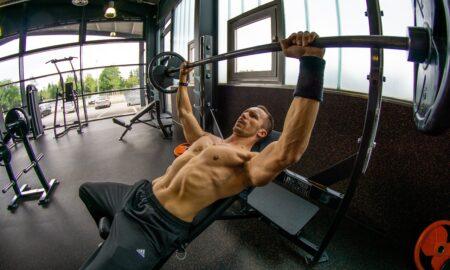
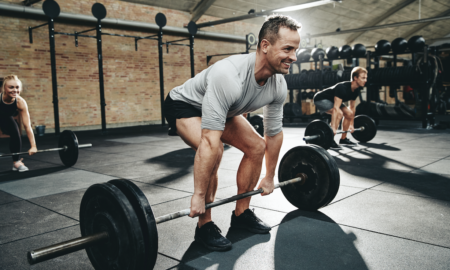
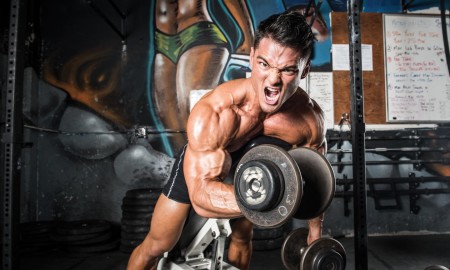

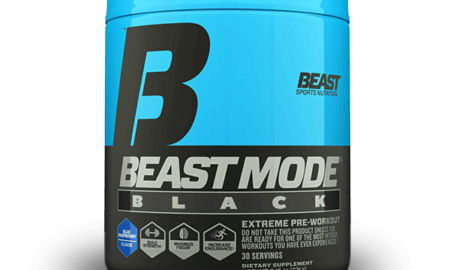
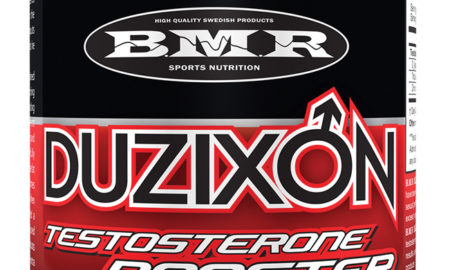
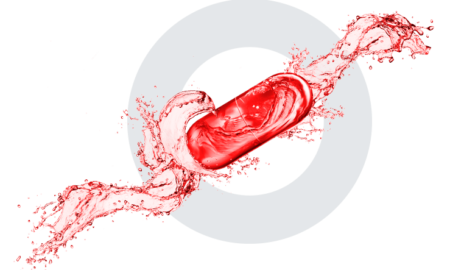
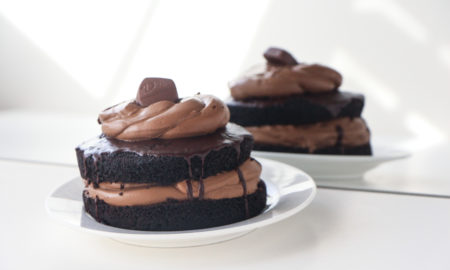
You must be logged in to post a comment Login